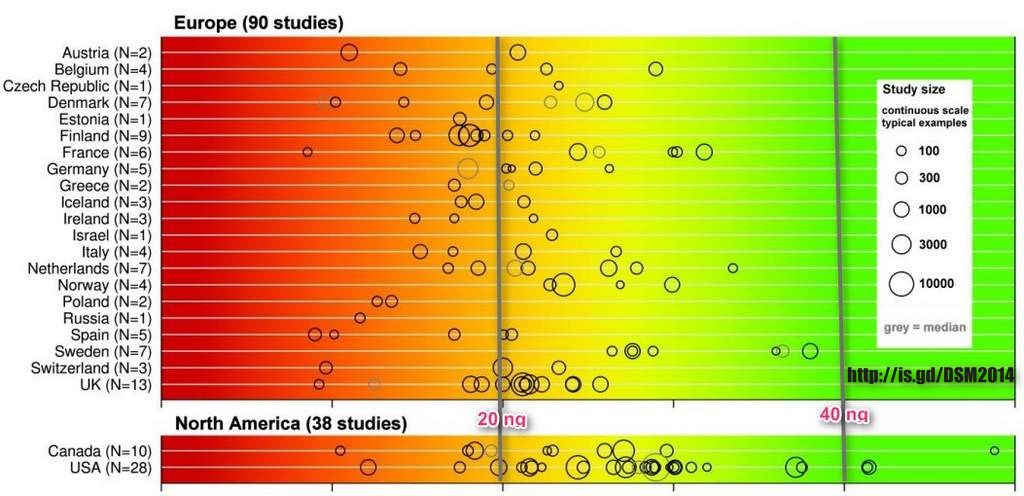Most Pregnant Women in Mediterranean Are Vitamin D Deficient
Title of Medscape Multispecialty
Reporting on Hypovitaminosis D in pregnancy: can the Mediterranean paradox be explained? A systematic review
Talk was presented at 17th European Congress of Endocrinology – May 2015
Spyridon Karras1, Stavroula A Paschou1, Eleni Kandaraki1, Panagiotis Anagnostis1, Cédric Annweiler 2,3, Basil C Tarlatzis1, Bruce W Hollis 4, William B Grant 5 & Dimitrios G Goulis1
1Unit of Reproductive Endocrinology, First Department of Obstetrics and Gynecology, Medical School, Aristotle University of Thessaloniki, Thessaloniki, Greece;
2Department of Geriatric Medicine, University Hospital, Angers, France;
3Department of Medical Biophysics, Robarts Research Institute, Schulich School of Medicine and Dentistry, University of Western Ontario, Ontario, Canada;
4Medical University of South Carolina Children’s Hospital, Charleston, South Carolina, USA;
5Sunlight, Nutrition, and Health Research Center, San Francisco, California, USA.
Introduction: Despite high levels of sunshine, maternal hypovitaminosis D during pregnancy is prevalent in the Mediterranean region, consisting a paradox. The aim of the study was to systematically review trials that investigated vitamin D concentrations during pregnancy in this region, in order to determine predictors of hypovitaminosis D and explain the paradox.
Methods: After applying inclusion/exclusion criteria, 15 studies were entered into the systematic review, involving 2649 pregnant women and 1820 neonates. The main outcome was maternal vitamin D concentration. Possible predictors of the outcome included study, maternal and neonatal characteristics (
age,
BMI,
race,
socioeconomic status,
skin type,
gestational age,
sun exposure,
calcium and vitamin D intake and supplementation,
smoking status,
parity,
season of delivery,
pregnancy complications).
Results: Studies differed widely in vitamin D deficiency criteria, methods of measurement and outcomes.
However, prevalence of maternal and neonatal hypovitaminosis D was up to 90%.
Predictors of maternal hypovitaminosis D were
dark skin phototype
race and
sartorial habits
Only a few pregnant women met the recommended dietary daily intake of calcium and vitamin D. Vitamin D supplementation was not a common practice.
Conclusions: Hypovitaminosis D during pregnancy is prevalent in the Mediterranean region. Racial, social and cultural habits, as well as the absence of preventive strategies seem to negate the benefits of sun exposure.
📄 Download the PDF from VitaminDWiki
See also VitaminDWiki
Pregnancy category listing has items along with related searches
Overview Middle East and vitamin D
84 percent had less than 30 ng of vitamin D (10,000 patients in Saudi Arabia) Sept 2014
ALL of the top 10 health problems of women are associated with low vitamin D
Overview Pregnancy and vitamin D has the following summary
{include}
And: Pregnancy problems vs Vitamin D level - GrassrootsHealth Feb 2015

From June 2014



